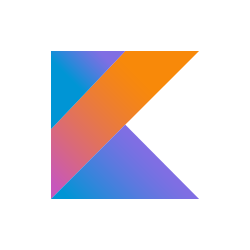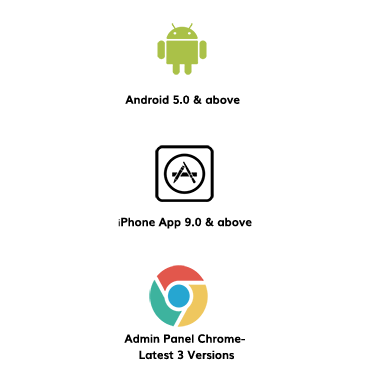Explore your city with IoT enabled
micro-mobility solution Wave -
an e-scooter rental app
The world is facing a severe problem of traffic congestions, overburdened public
transport systems, and pollution due to rapid urbanization. As a result, many
countries are moving towards micro-mobility solutions such as e-scooters,
e-bikes, dockless or docked pedal bikes, etc. to solve the problem.
Wave is one such a Belgium-based micro-mobility startup. That offers
high-quality e-scooters and dock free rental through easy to use the app
with a smooth, affordable, and safe ride experience.
The idea of Wave is to provide an eco-friendly alternative for first-mile as well as
last-mile transit that complements the existing transportation system and
reduces the hurdles like traffic jams, parking issues of the people in the city
of Brussels, Belgium.

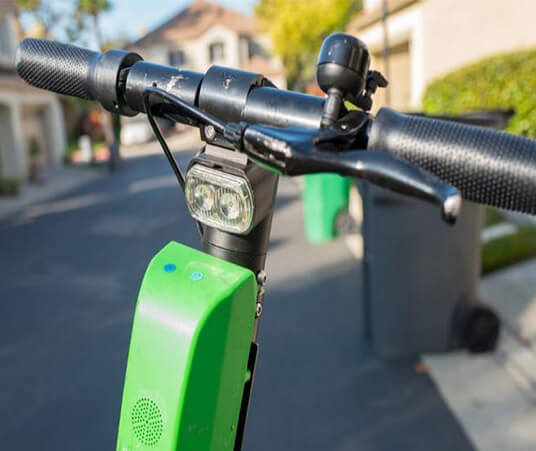
Client Requirements
The client had a clear picture of the problem and wanted to develop an app:
- That allows users to know the location and battery level of available e-scooters to offer a fast and convenient ride.
- QR code to unlock an e-scooter for starting the ride and lock an e-scooter to end the ride and pay the fare, meaning the Ride-And-Pay.
- IoT enabled app that connects the hardware to the backend of the app to serve better their users.
- App with GPS and Machine learning features.
- That is compatible with door-to-door mobility solutions.
Our Course of Action
When the client approached us to develop the solution, we thoroughly studied the user demographics they wanted to address, to define our entire design and development process.
Their main targeted users were:
- Daily commuters
- School and University students
- First-mile and last-mile commuters
- Travelers and tourists
- Random users to explore the city or have fun
Basically, the primary target was people with the age group of 15 to 35 years with low to mid-income.
After understanding the user base we straight went for the business solution. For that, we first went through the Belgian government regulation and safety guidelines to get the permit for business establishment.
Eco-friendly people, enthusiastic commuters, proper infrastructure, and the supportive government made our process of listing and verifying the app features smooth and easy.
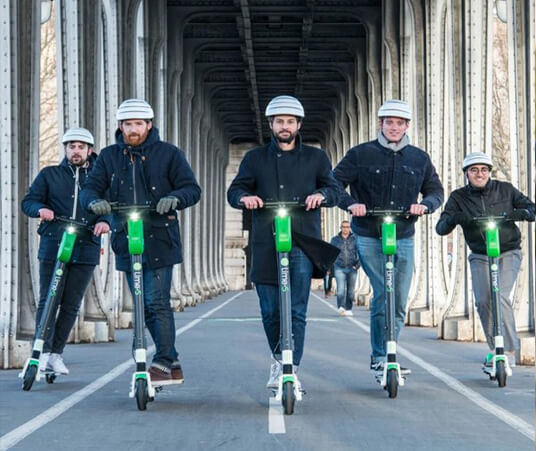
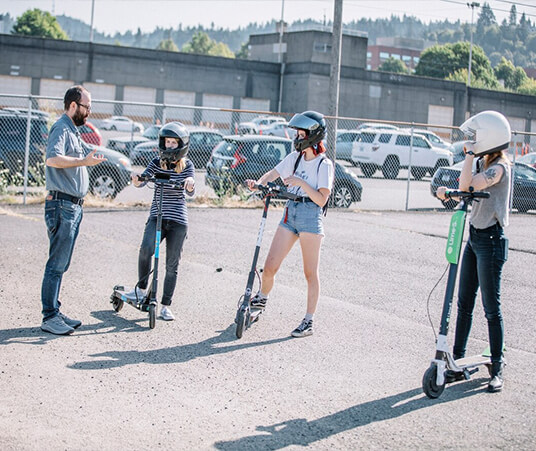
Hardware Solution
Through IoT technology, we made the hardware smart and talkable and increased its productivity and efficiency. We used the MQTT protocol (a publish-subscribe-based protocol), that exchanges the data between e-scooter hardware and software, and enables users to use all the features of the mobile app.
Software solution
We developed an app, that can notify real-time data about the hardware and ride at the backend, such as the location of hardware, locking/unlocking of hardware, damaged or low-battery hardware, tampering, or vandalism in hardware, increased speed limit, entering into the restricted zone, etc.
Apart from all this, the system will identify and notify the backend about the exact amount of energy used per ride, and the exact number of rides as well as distance covered through a fully charged vehicle.
Our QA team ensured that the app was robust, and made sure that the cross-platform development was secured and synchronous.
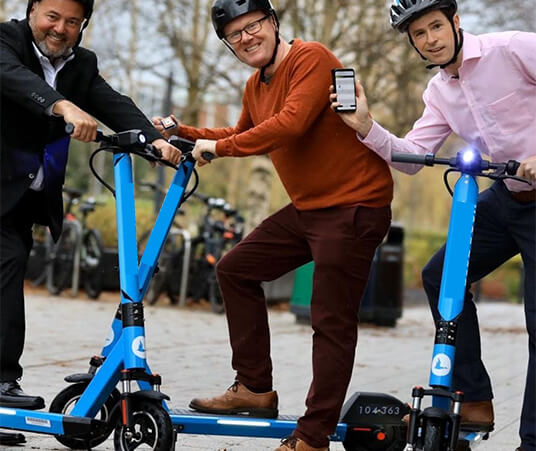
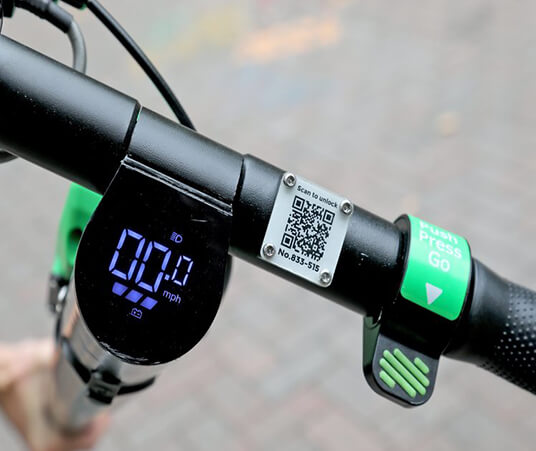
Challenges Faced
IoT enabled application development is surely a complex task. First of all, automated app features allow users to lock/unlock e-scooter by scanning the QR code, and for that, hardware and software must have sync seamlessly with each other. Initially, we found it challenging, but our team did extensive research and worked hard to find the solution.
How does an Wave e-scooter app Work
The functioning of the E-scooter is very simple. Once the user downloads an e-scooter app there are only 5 steps in which the user can complete the ride.

Search for the e-scooter nearby

Scan the QR code

Unlock the bike and start your ride

Lock the e-scooter once you arrive at your destination

End your ride
Technologies Used



